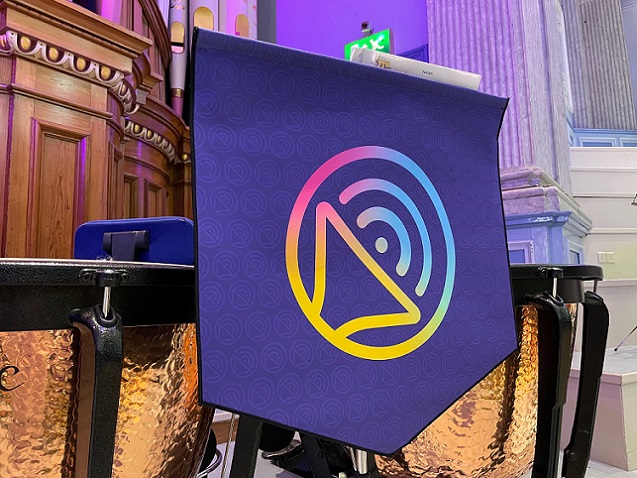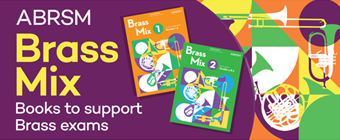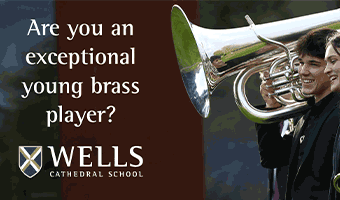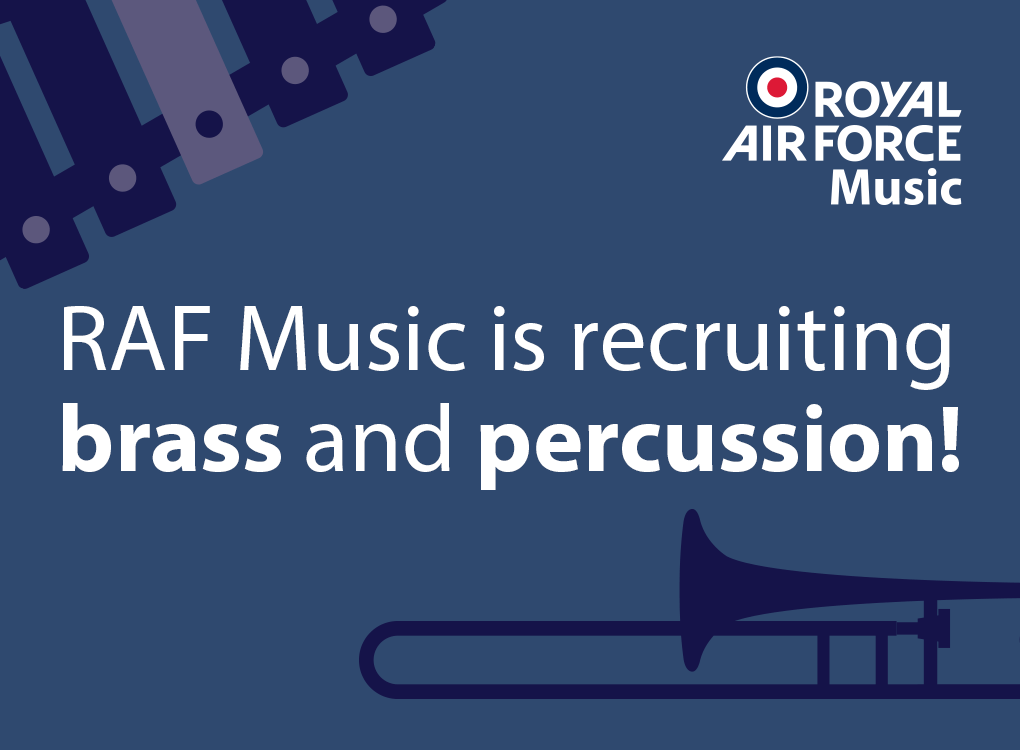

Aims and objectives, missions, goals and ambitions.
Exciting times lie ahead as the National Youth Band of Great Britain embraces the benefits of inclusivity and diversity, although its 70th anniversary has also been marked by a celebration of historical achievements.
All and more were appreciated as the 71 players concluded their Easter Course with a display of musical confidence packed into a cleverly conceived programme at Huddersfield Town Hall.
Clearly defined
Deftly touching on the past, present and future, the commitment to the clearly defined aspirational ethos was clear; from the literal and metaphorical, to the distinctive and symbolic.
William Grant Still’s ‘In Memoriam: The Colored Soldiers Who Died for Democracy’ was therefore linked to Maurice Hamers’s ‘Die Alpen’, whilst Paul Saggers’ ‘In Many Lands: The Adventures of Mrs Seacole’ and Louise Trewartha’s ‘Flight’, were considered counterbalances to the works of Ray Steadman-Allen and Gilbert Vinter.
‘Die Alpen’ with its echoes of ‘High Peak’ (from ascent to storm scene to eventual attainment), was vividly evoked, although it was the deep sense of dignified protest that came with ‘In Memoriam’ that made the lasting impression. ‘Spectrum’ was a fluorescent fizz of Dayglo colour.
The Norwegian pairing of conductor Irene Anda and guest soloist Greta Tonheim also added their literate musical mark; the trombonist’s musicality in particular enhancing a lyrical appreciation of ‘The Eternal Quest’, the daring acrobatics of ‘White Knuckle Ride’ and a sublime rendition of ‘Icicles’, accompanied by marimba and vibraphone.
Dr Denis Wright’s ‘Fanfare’ and ‘National Anthem’ opened the evening before the MD took time to set the demanding programme in context.
‘Die Alpen’, with its echoes of Eric Ball's ‘High Peak’ (from ascent to storm scene to eventual attainment), was vividly evoked, although it was the deep sense of dignified protest that came with ‘In Memoriam’ that made the lasting impression. ‘Spectrum’ was a fluorescent fizz of Dayglo colour.
Absorbing
The second half featured the premiere of Paul Saggers’ absorbing celebration of the remarkable life and work of the Crimean War nursing pioneer Mary Seacole.
Its three conjoined movements reflected on, rather than recalled, her achievements; the disturbing undercurrents of prejudice and rejection finally overcome by belated acknowledgement. The soloists (as they did all evening) played with poise and maturity – from sop to percussion, with the outstanding flugel the pick of a fine bunch.
The soloists (as they did all evening) played with poise and maturity – from sop to percussion, with the outstanding flugel the pick of a fine bunch.
Louisa Trewartha’s ‘Flight’ was a short celebration of an epic journey; the protagonist flying from Australia to England in 1933 armed with a limited map and unlimited confidence. The band did the same.
The finale was Peter Graham’s demanding ‘Dynasty’; which was perhaps a hurdle too far in places after such an intensive concert set.
However, the final chords had a triumphant ring of communal achievement, whilst the fun of the karaoke-ised ‘The Cossack’ march sent everyone home with a proudly inclusive swagger.
Iwan Fox









